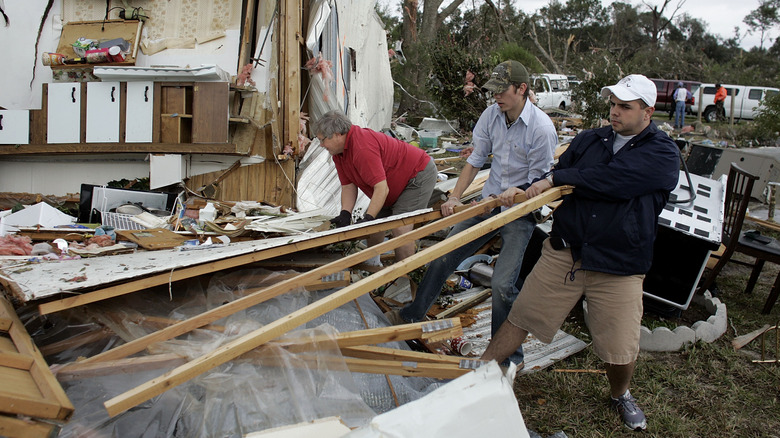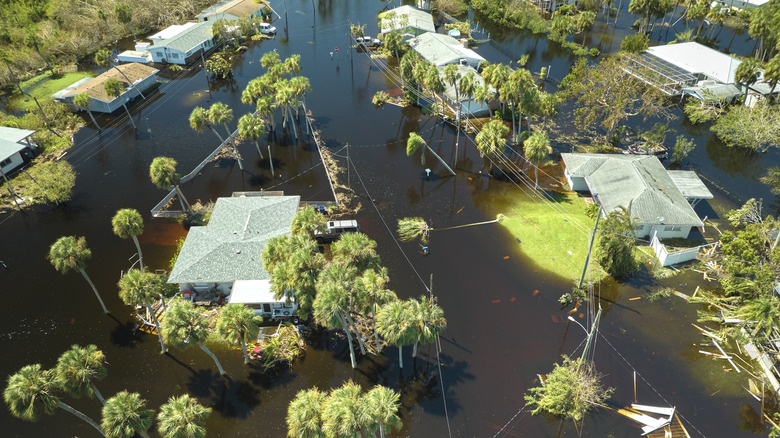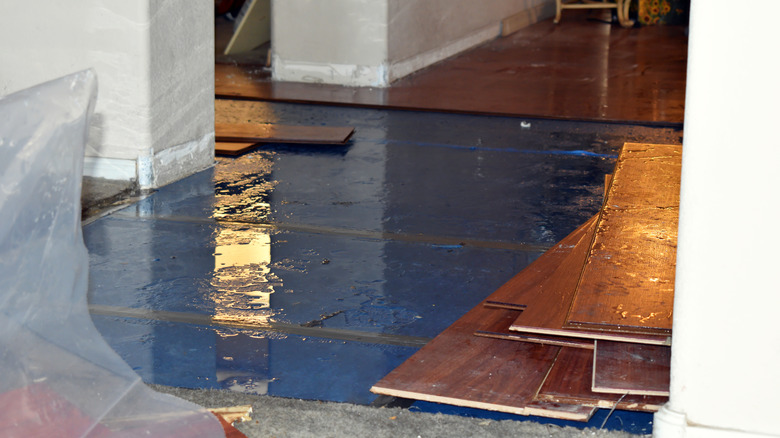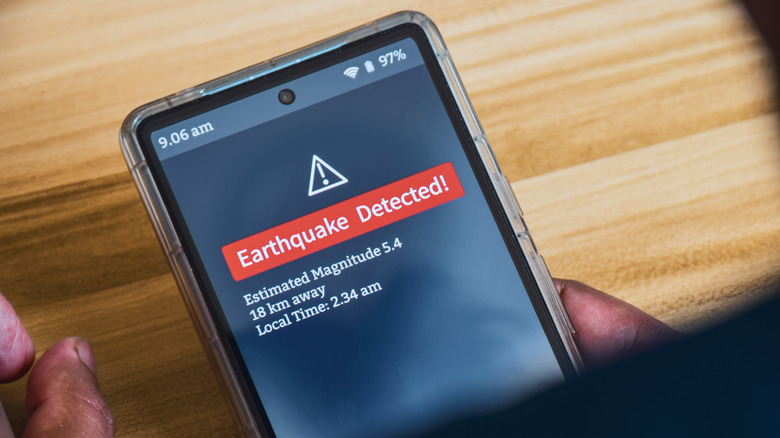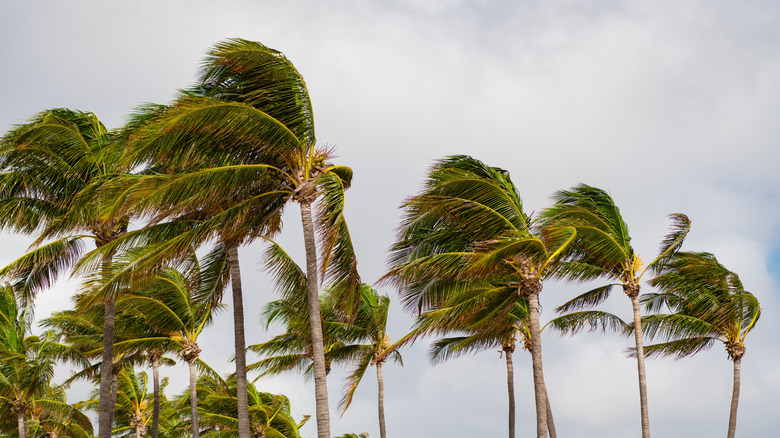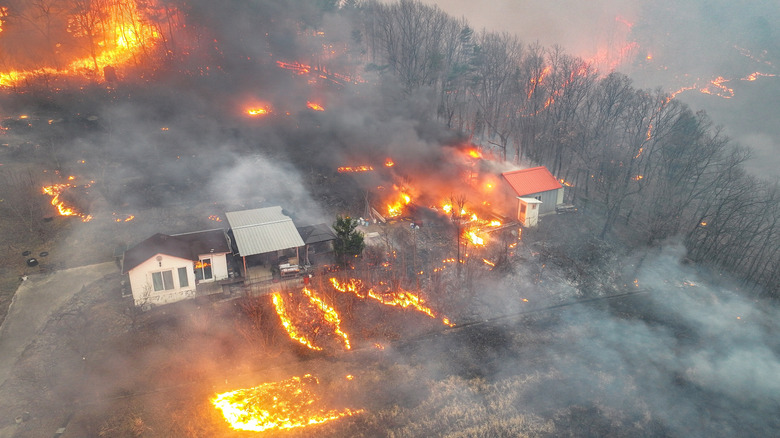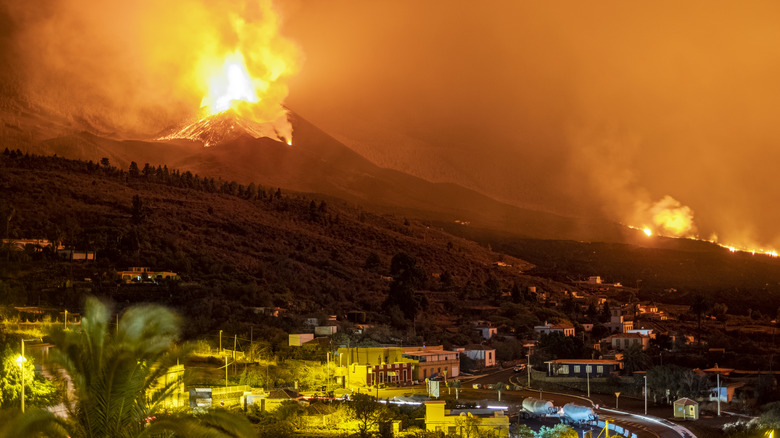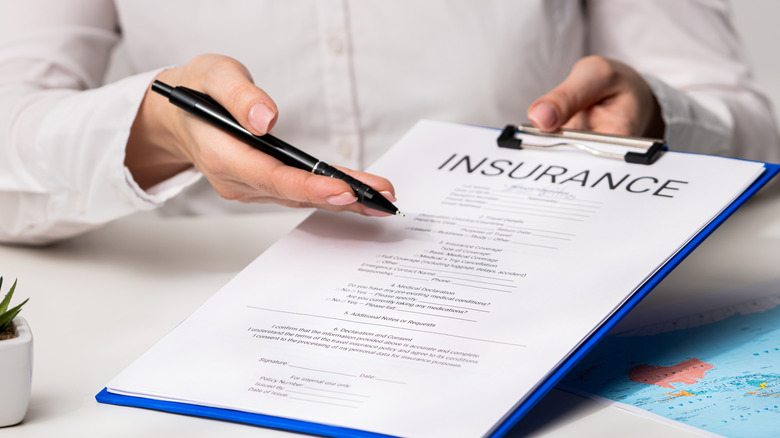How To Make Sure Your Home Is Insured For Natural Disasters
Floods, earthquakes, hurricanes, and wildfires can all bring destruction to your home, and your standard homeowner's insurance policy is a safeguard to protect your home in these events or situations. However, standard insurance policies may only cover some of these natural disasters, like winter storms, tornadoes, hurricanes, and wildfires. Some common damages aren't covered by your homeowner's insurance, or there are separate high deductibles. The natural disaster list on many policies doesn't include any coverage for floods, earthquakes, or certain damages from covered disasters. To ensure that your home is covered, you can get special or separate policies for each of these natural disasters. Some of the policies cover more than one incident, helping your home to stay better protected.
When making adjustments to your homeowner's policy, there are some steps you can take for your home. These will help to defend your home in the event that any of these natural disasters strike. Such precautions involve securing your roof and examining the windows and doors for reinforcements. Preparing yourself in the event of a disaster by knowing safe places to go is also helpful. Consider also taking time to do a home hardening, which involves investing in specific materials and equipment to reduce your risk in the event of a natural disaster. Examples include using noncombustible building materials outside your home to protect from fire or adding a sump pump in the basement in case of flooding. You can even install storm-resistant doors and windows and flexible pipe fixtures to hurricane-proof your home. Here are seven ways you can make sure that your home is insured for natural disasters so you can feel safe that your home and belongings are secure.
National flood insurance program (NFIP)
Since many standard policies don't include flood insurance, it can be a helpful add-on. In some cases, if you live in a flood zone area, you may be required to get a separate policy for it anyway when you insure your home. The National Flood Insurance Program (NFIP) is something that you can receive from the government when you're already located in a flood zone. However, the federal government has caps, providing $250,000 for dwellings and $100,000 for their contents. There are also two deductibles that you have to pay before coverage will begin.
Private flood coverage
If you don't think that the federal coverage is enough (depreciation counts for contents, too, so you don't get full reimbursement), you can opt for flood insurance from a private company. Private companies can often give you a higher coverage amount depending on your home, and many of them provide reimbursement for all of your house's contents. Costs for each flood insurance policy vary and depend on many factors, including where you live. If you're closer to a body of water where a tsunami or mudslide might occur, you'll be paying more.
Earthquake coverage
Earthquakes are not covered under any standard homeowner's policy, so if you live in an area that gets them, you must get a separate policy to cover damages caused by an earthquake. That extra investment can cover damages, replacement costs for your home and personal property, and displacement expenses. You may also have coverage for any aftershock that happens up to three days after the disaster. Keep in mind, though, that earthquake coverage doesn't cover other disasters that can happen during an earthquake, like floods or fires.
Wind and hurricane coverage
Areas that are more prone to hurricanes may also require a separate insurance policy for damages. High winds and heavy rains that come from hurricanes can sometimes be covered under your standard policy, but there is a separate wind deductible charge that can be costly. A wind deductible could be 5% of the value of your dwelling, adding up quickly when you have thousands in damages to pay. Windstorm coverage can protect against hail, named storms by the National Weather Service, or storms categorized as hurricanes in coastal locations , but they have separate deductibles.
Coverage for wildfires
Wildfires have become far more prevalent these days. Wildfires are often covered under a standard homeowner's policy, but with the recent uptick in certain areas, some insurance companies are canceling that coverage due to the risk. It's necessary to check if it's covered under your policy, and if so, look at the amounts and deductibles. It's also essential to have an evacuation plan in place to get out quickly and safely in the event of a wildfire.
Coverage from volcanic eruptions
It is true that most homeowner's policies will cover your property and belongings in the event of a volcanic eruption. They includes events like shockwaves, lava flow, dust, blasts, and explosions. However, damage to your lawn isn't included, nor is any ash removal, water damage, or mud destruction. If you want extra coverage in the event of a volcanic eruption, you should contact the NFIP or a private insurer for floods, since it will be covered with a flood insurance policy.
Business or renter's insurance
Finally, if you happen to work at home, consider investing in an additional business insurance policy. These policies often provide much more coverage across your property and belongings, with much higher limits. These policies are beneficial not only for protecting your business equipment, but also because they're based in your home, providing more coverage in the event of natural disasters. If you rent, consider obtaining a renter's policy. It will ensure coverage for your personal items in case they are damaged during natural disasters like flooding, fires, or windstorms.
